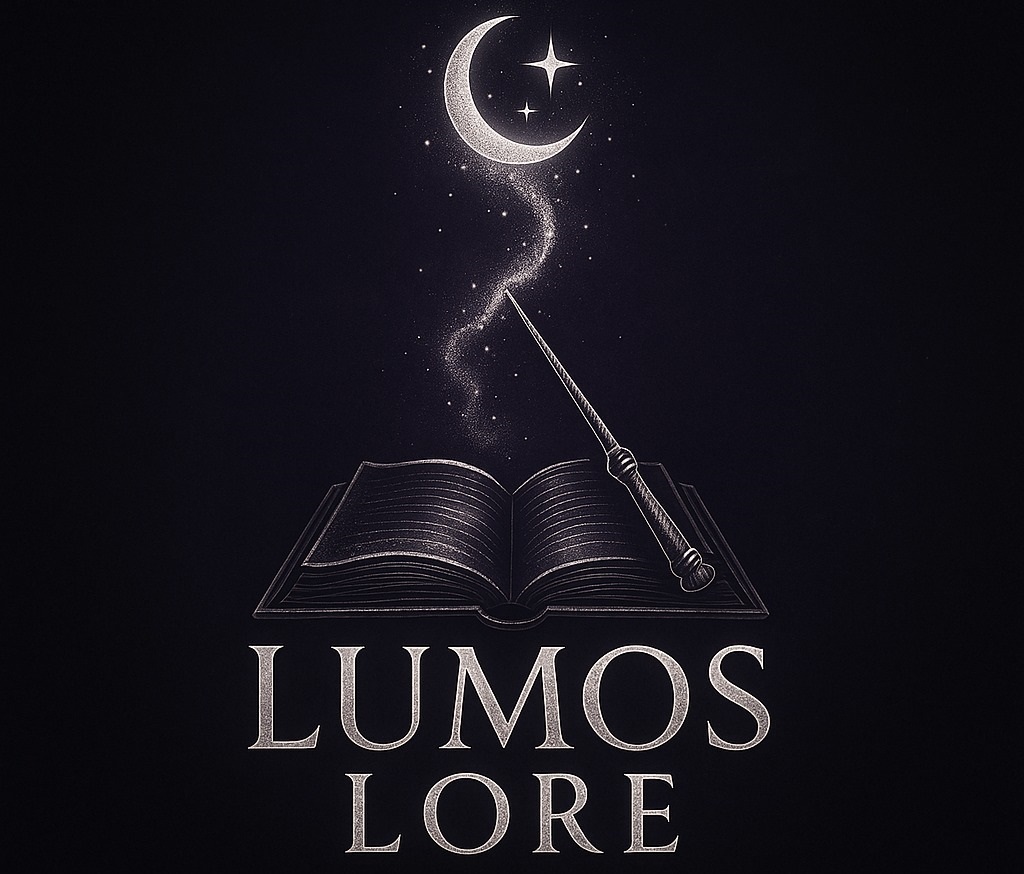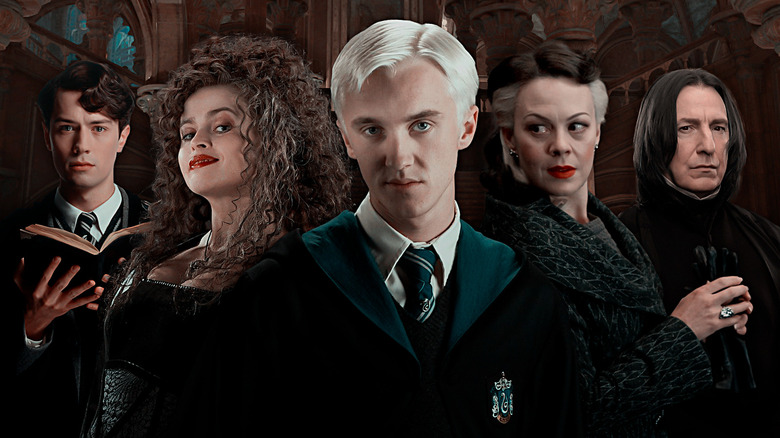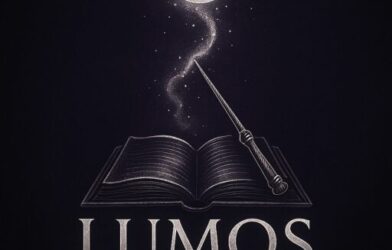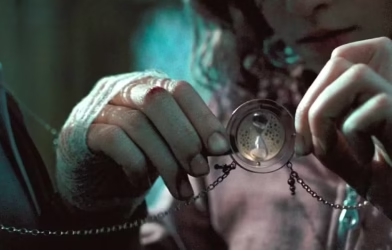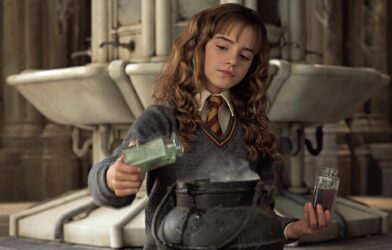Draco Malfoy is one of the most controversial and layered characters in the Harry Potter series. Introduced as the quintessential antagonist, the spoiled and arrogant Slytherin student, Draco seems to fit the stereotype of a pure-blood wizard who despises Muggles and considers himself superior to others. However, as the story progresses, we begin to see that there is much more to Draco than just his house colors and his family’s heritage.
While Draco’s actions often put him at odds with Harry Potter and his friends, his character arc is one of growth, internal struggle, and eventual redemption. In this blog post, we’ll explore the complexities of Draco Malfoy and examine how his journey challenges our understanding of what it means to be a Slytherin, and ultimately, a hero.
The Early Days: A Product of His Environment
From the moment Draco enters the series, he is painted as a bully—a young boy raised in a household that values blood purity and ambition above all else. He is the son of Lucius and Narcissa Malfoy, both staunch supporters of Voldemort, and his behavior reflects the expectations placed on him by his family and upbringing. Draco is quick to mock Harry and his friends, especially Hermione, and displays all the typical traits of a Slytherin: arrogance, ambition, and a strong sense of entitlement.
However, it’s important to remember that Draco’s early behavior is shaped largely by the environment in which he was raised. His father, Lucius, is a powerful figure in the wizarding world, a known Death Eater who expects his son to uphold the family’s values of purity and superiority. Draco’s cruelty toward Harry and his friends is not just a reflection of his personal flaws, but of the toxic influence of his father’s ideology.
The Struggle Within: Draco’s Internal Conflict
As the series progresses, Draco’s true internal struggles begin to surface. While he initially embraces his role as a bully and a follower of Voldemort’s cause, we start to see cracks in his confidence, especially as the stakes grow higher. In Harry Potter and the Half-Blood Prince, Draco is tasked with an impossible mission: to kill Dumbledore. The pressure placed on him by Voldemort and his parents weighs heavily on Draco, and he begins to realize the true cost of loyalty to the Dark Lord.
Draco’s inner conflict is highlighted in several moments throughout the book. He is visibly distressed by the task he is given, and it becomes clear that he does not share the same ruthless commitment to Voldemort’s cause as his father does. In one of the most poignant scenes, Draco hesitates to kill Dumbledore, showing that, despite his family’s influence, he is not entirely evil. His struggle is human—he is torn between his fear of Voldemort and his growing realization that his actions may not align with his true values.
The Turning Point: A Step Toward Redemption
Draco’s turning point comes during the Battle of Hogwarts, where he is forced to make a choice between siding with Voldemort or standing with the forces of good. Although Draco never fully joins the Death Eaters, his actions during the battle show that he is not entirely without compassion. When Harry is about to be killed by the Carrows, Draco hesitates, and this hesitation ultimately saves Harry’s life. This moment marks the first significant sign that Draco is willing to defy his family’s dark expectations.
Draco’s redemption is further solidified by his role after the battle, where we see him begin to distance himself from the toxic ideology of his family. In the epilogue of Harry Potter and the Deathly Hallows, Draco is seen as a father, with a family of his own, and a far more mature and responsible individual. While he may not have become a full-fledged hero like Harry or Hermione, Draco’s journey toward redemption is a testament to the power of choice and change.
Breaking the Slytherin Stereotype
Draco’s story challenges the stereotype of Slytherins as one-dimensional villains. While many characters from Slytherin house—such as Bellatrix Lestrange and Severus Snape—are clearly on the side of dark magic and evil, Draco’s character offers a more nuanced take. He is a young man who is deeply influenced by his upbringing, but who, over time, begins to question the morality of the world his family wants him to be a part of.
Draco’s journey shows that being from Slytherin doesn’t necessarily mean you are destined to be evil. Like many of the characters in the series, Draco is given the chance to make his own choices, and by the end of the series, he chooses to move away from the dark path his family had set out for him. His transformation challenges the notion that people are born into certain roles or fates, and that they have the power to change, no matter their past.
Conclusion: More Than Just a Slytherin
Draco Malfoy’s story is one of complexity, internal conflict, and ultimately, redemption. Though he starts off as a typical Slytherin antagonist, Draco’s journey reveals that there is far more to him than meets the eye. He is not simply a product of his family or house, but a young man who, despite his flaws and mistakes, chooses to make the right decisions when it matters most. His arc is a powerful reminder that even the most unlikely characters are capable of change and growth.
While Draco may never be as revered as Harry or Hermione, his journey toward becoming a better person highlights the importance of choice, personal growth, and the potential for redemption. He is, in many ways, more than just a Slytherin—he is a symbol of how anyone, no matter their past, can choose to rise above their circumstances and become more than what they were expected to be.
